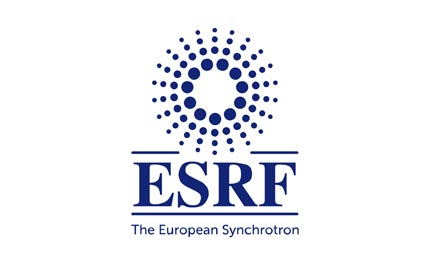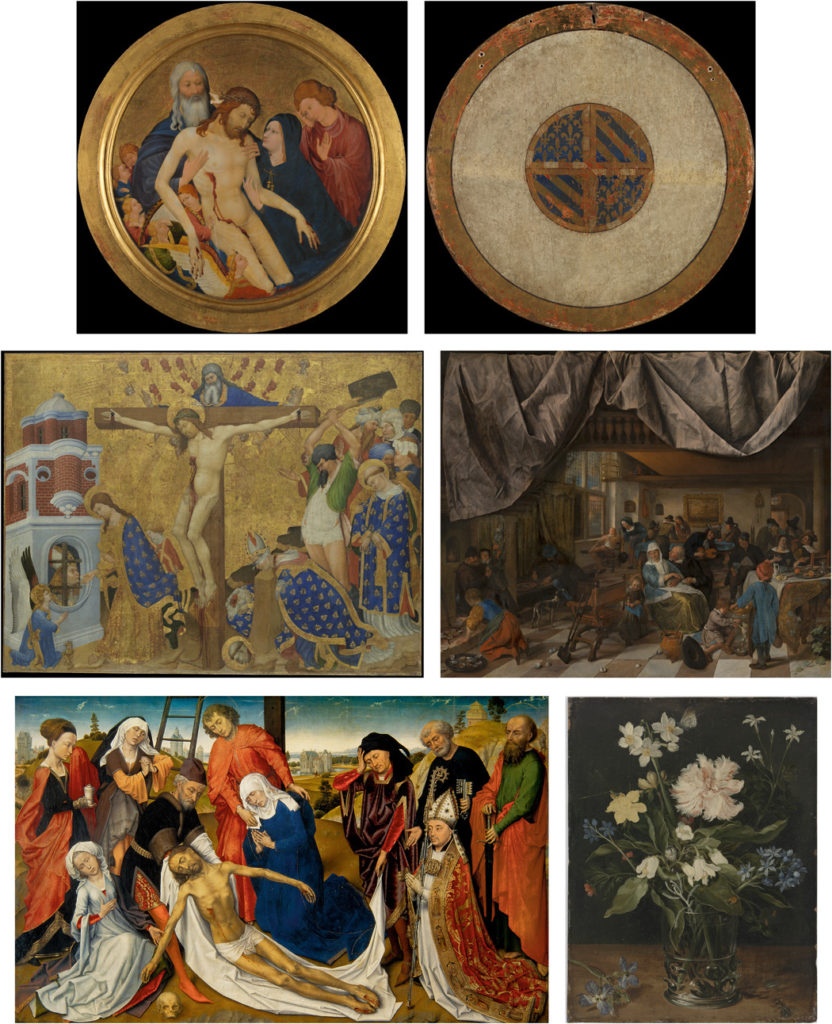Use Case 15 – Make cultural heritage publication on ultramarine disease reproducible

The scientist involved, Alessa Gambardella, sees that the “EOSC will offer cultural heritage institutions a platform for sharing collections-based data, which will enable epidemiological studies related…to any degradation phenomena, or conditions-based inquiries” helping to answer questions that reach beyond that possible with the relatively small datasets acquired in a single collection or site. In order to achieve this she would like to make all aspects of her publications open and reproducible including the data analysis.
The goal is to make the data available with the Jupyter Python notebooks to analyse the data.

Main contributors
- Thomas Vincent
- Alessa Gambardella
- Wout de Nolf
- Marine Cotte
Use Case Action Flow
- Upload raw and processed data to ESRF data repository + mint DOI
- Prepare Python notebooks to download data and process them
- Upload Python notebooks to data repository
- Write documentation
Description of needs
- Uploading data to data repository
- Writing and testing Jupyter notebooks
Impact from the implementation
Reproducible publication with analysis notebooks.
Generalisation of the use case
This is an example of what other publications could do to provide notebooks with their publication to reproduce the results.
Resources
https://doi.esrf.fr/10.15151/ESRF-DC-186933507
https://github.com/alessaan/rhapsody-in-blue
https://github.com/woutdenolf/spectrocrunch
https://github.com/silx-kit/silx
https://data.esrf.fr
Related publication
A. Gambardella, M. Kotte, W. de Nolf, K. Schnetz, R. Erdmann, R. van Elsas, V. Gonzalez, A. Wallert, P. D. Iedema, M. Eveno, K. Keune, Sulfur K-edge micro- and full-field XANES identify marker for preparation method of ultramarine pigment from lapis lazuli in historical paints, Science Advances 01 May 2020: Vol. 6, no. 18, DOI: 10.1126/sciadv.aay8782
Contact person
Andy Götz (ESRF)